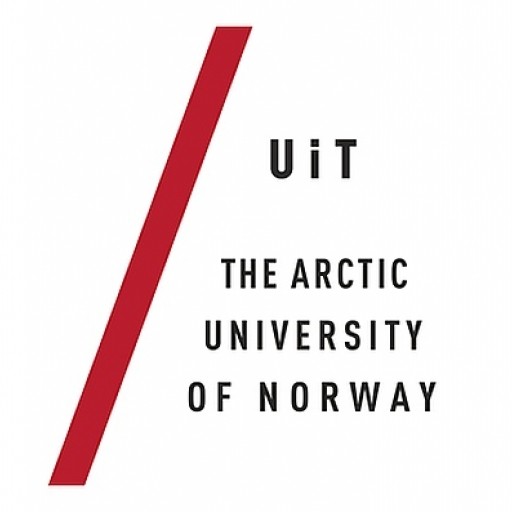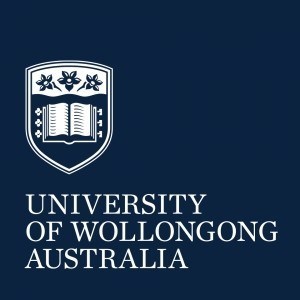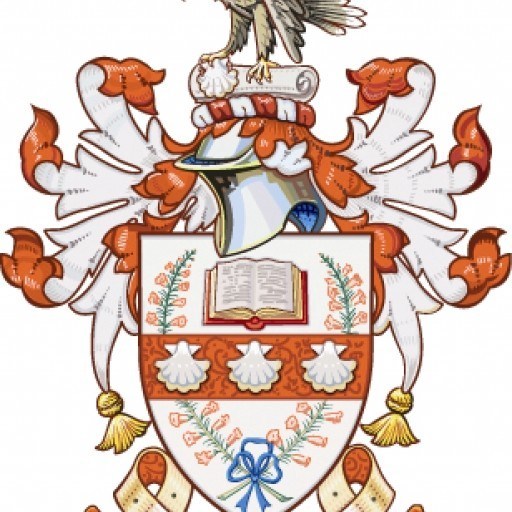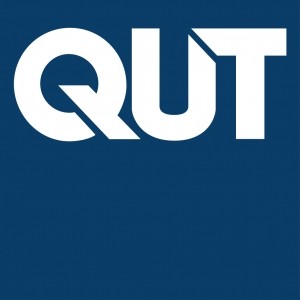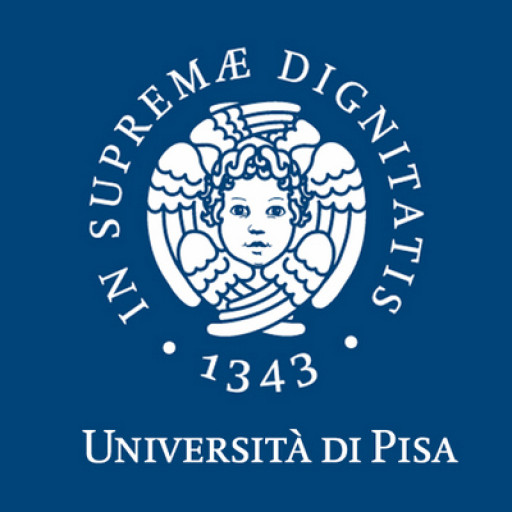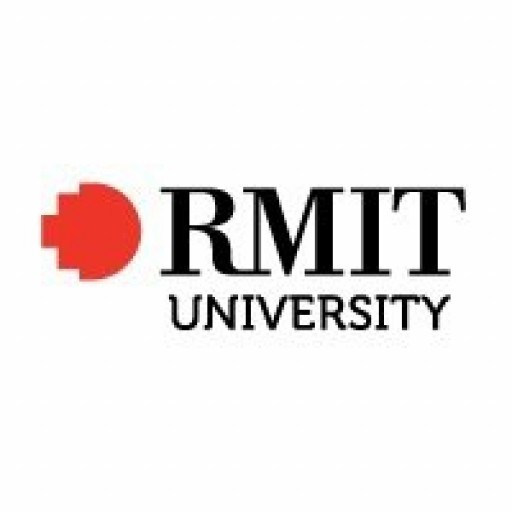Technology and Safety in the High North is a comprehensive master's program offered by UiT The Arctic University of Norway, designed to equip students with the specialized knowledge and skills necessary to address the unique technological and safety challenges present in the Arctic region. This interdisciplinary programme focuses on the critical importance of sustainable development, safety management, and technological innovation in the context of the High North, a region characterized by extreme weather conditions, sensitive ecosystems, and complex geopolitical interests. Throughout the course of study, students will explore a wide range of topics including Arctic engineering, environmental protection, risk assessment, emergency preparedness, offshore technology, and community safety. The curriculum combines theoretical understanding with practical applications, ensuring that graduates are well-prepared to contribute to the safe and sustainable utilization of Arctic resources and infrastructure. Emphasizing multidisciplinary collaboration, the programme encourages students to develop critical thinking and problem-solving skills through project-based learning, simulations, and fieldwork in Arctic environments. The programme also places a strong emphasis on safety culture, risk mitigation strategies, and the implementation of innovative technological solutions tailored to the challenges of the High North. Graduates of this programme will be prepared for careers in government agencies, industry sectors such as oil and gas, shipping, and renewable energy, as well as research institutions engaged in Arctic studies. With its strong focus on safety, technology, and sustainability, the master's in Technology and Safety in the High North aims to foster future leaders who will contribute to the development of safe and sustainable practices in this rapidly changing Arctic region.
The Master's program in Technology and Safety in the High North at UiT The Arctic University of Norway offers a comprehensive curriculum designed to equip students with specialized knowledge and practical skills necessary for addressing the unique technological and safety challenges in Arctic regions. This interdisciplinary program combines elements of engineering, environmental sciences, safety management, and Arctic technology to prepare graduates for careers in industries such as oil and gas, shipping, renewable energy, and environmental protection operating within the high northern latitudes. Throughout the program, students gain a deep understanding of the environmental conditions, regulatory frameworks, and technological solutions pertinent to Arctic operations. The coursework covers topics including Arctic geology and climate, maritime safety, risk assessment, remote sensing technologies, and sustainable development in cold environments. Students also engage in practical projects, simulations, and field experiences that foster problem-solving skills and hands-on expertise in real-world Arctic scenarios. Emphasis is placed on safety procedures, emergency response planning, and the development of innovative technological solutions suited for extreme cold and challenging terrains. The program encourages cross-disciplinary collaboration and provides opportunities for international exchange, preparing graduates to operate effectively in a multicultural and multilingual context. Graduates will be well-equipped to contribute to safe, sustainable, and technologically advanced practices in Arctic industries, ensuring environmental protection and safety for workers and local communities. Whether aiming for careers in governmental agencies, private sector enterprises, or research institutions, students will leave with a solid foundation in high northern technological applications, safety protocols, and environmental considerations essential for the future of Arctic development.
The financing of the "Technology and Safety in the High North" program at UiT The Arctic University of Norway is primarily supported through a combination of national and regional public funding, university scholarships, and potential international grant opportunities. Norwegian government funding plays a significant role in the financing of higher education, providing subsidies for students through the Norwegian Student Welfare Organisation (Studentsamskipnaden i Tromsø, SiT) and government loans and grants administered by the Norwegian State Educational Loan Fund (Lånekassen). These financial aids cover tuition fees, which are often free for Norwegian and EU/EEA students, making the program accessible to a diverse student body.
Additionally, students may qualify for various scholarships offered by UiT, particularly targeted at students studying in Arctic and high North related disciplines. UiT actively participates in European Union research and educational funding programs, such as Erasmus+ and Horizon Europe, which may provide mobility grants, project funding, and research stipends, thus supplementing students’ financial resources. These grants incentivize international cooperation and mobility, facilitating exchange programs with partner institutions across Europe and beyond, and providing financial support for students engaging in study-abroad semesters or research projects.
Furthermore, the university collaborates with industry stakeholders, governmental agencies, and Arctic research initiatives that sometimes offer project-based funding or sponsorships directly linked to the program’s focus areas. This can include internships, research assistantships, or special projects that offset study costs for students involved in active research or practical safety and technology initiatives. Some students may also receive funding through external grants for participating in specific research projects or conferences related to Arctic safety and technological development.
It should be noted that international students, depending on their country of origin, may have different options for financial support, including private scholarships, sponsorships, or loans. To maximize their financial resources, students are encouraged to explore national scholarship databases, university-specific grants, and external private funding bodies that keenly support Arctic and technological research initiatives. Overall, the financial structure aims to ensure that talented students can access and complete the program without undue financial hardship, fostering innovation and research in the critical area of High North safety and technology.
The Master’s Programme in Technology and Safety in the High North at UiT The Arctic University of Norway offers students a comprehensive education focused on the unique technological challenges and safety issues encountered in Arctic regions. This programme addresses critical topics such as Arctic engineering, environmental protection, risk assessment, and safety management, preparing graduates for careers in industries that operate within the demanding conditions of the High North, including oil and gas, shipping, offshore industries, and research sectors.
The programme emphasizes a multidisciplinary approach, integrating engineering principles with safety protocols and environmental considerations, to develop solutions tailored to the Arctic's distinct landscape and climate. Students gain practical skills through coursework, projects, and fieldwork, often collaborating with industry partners and research institutions to ensure relevance and applicational value. Special attention is given to sustainable development and the mitigation of environmental impact, aligning with Norway's focus on responsible resource utilization in Arctic territories.
Curriculum components include advanced engineering courses, safety management systems, environmental risk analysis, and Arctic technology adaptation strategies. The programme fosters innovation and problem-solving abilities, encouraging students to contribute to safer and more sustainable methods of resource extraction, transportation, and community development in Arctic regions. Graduates are equipped to work in governmental agencies, consulting firms, industry corporations, or pursue further research opportunities.
UiT provides dedicated Arctic research facilities and laboratories that support hands-on learning and experimentation, alongside seminars, guest lectures, and international cooperation projects. The Master’s programme in Technology and Safety in the High North is designed for students with backgrounds in engineering, technology, or safety disciplines, aiming to produce qualified professionals capable of addressing complex challenges in the Arctic environment, ultimately contributing to safer, sustainable, and innovative operations in the High North.
